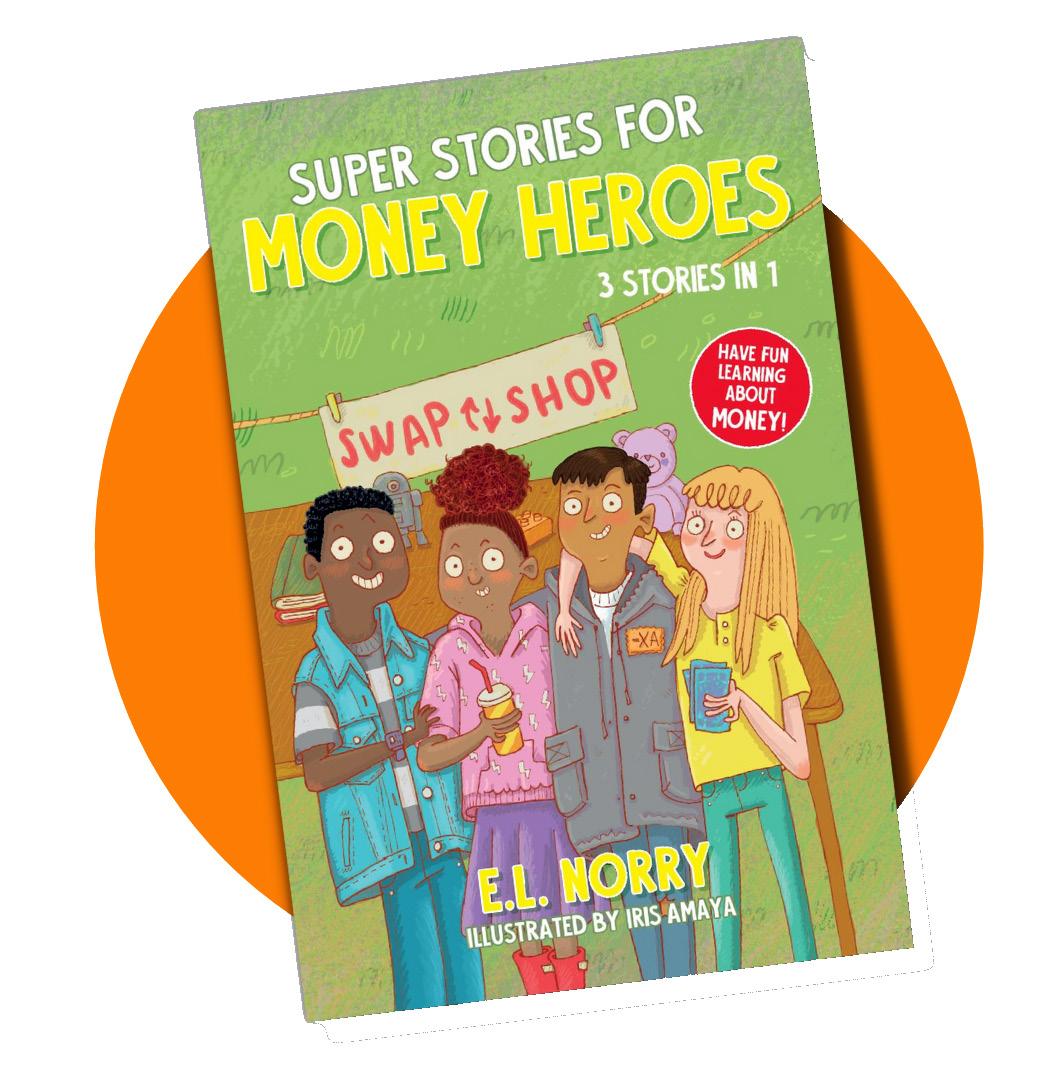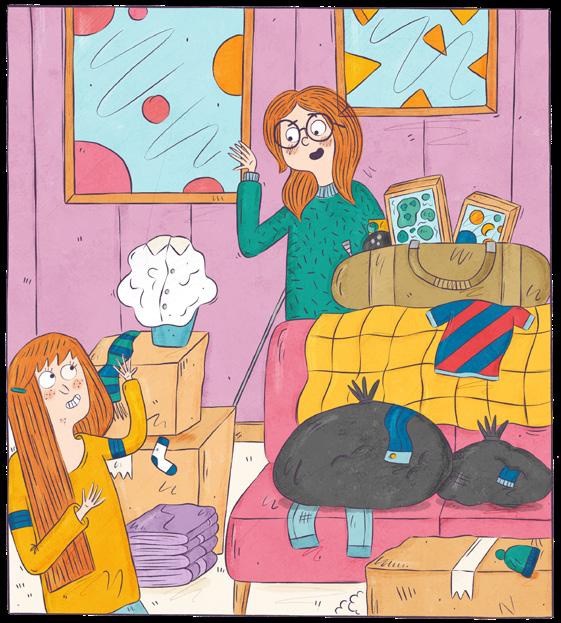
1 minute read
Super Stories for Money Heroes
By E.L. Norry
Delivery ideas for SEND Educators:
1. Imagine it!
Ask children to imagine that they are a radio show or podcast host, offering advice to other children. What kind of advice would they give to one of the characters in the stories when they felt disappointed about not having enough money for the item they really wanted?
2. Act it out
Pretending that children will now interview one of the characters in the stories is a playful way to encourage them to ask questions such as, ‘Would you rather have a stylish pencil case for yourself or something that you can share with others?’ and ‘Would you rather run a shop that makes money quickly for one day or that lasts over time?’
This chapter book, aimed at more confident readers, includes a collection of short stories where children will join the characters on a journey to discover how money influences our everyday lives and how to overcome moneyrelated challenges.
These stories will help children to understand that sometimes money may need to be spent on essential items so there may not always be spare money available for other items they might want.

Each story will help children to develop valuable skills in financial capability and discover creative ways of saving money, making different choices about spending and understanding about needs and wants. Along the way, children will understand the important role money plays in our lives and why it is important to help others.
3. Time to design
Encourage children to think about some of the challenges that the characters overcame in the stories. For example, ask them to think about the skills they developed and the achievements or experiences they became better at coping with. Children can then create a certificate to award the character for developing those skills.


4. Get quizzy
Quizzing children about the needs and wants the characters had in the stories is a great way to help them to identify the differences between them.
Possible adaptations:
• Read to children, rather than them reading along with you.
• Split reading each story and talking about the content into separate sessions.
• Reinforce understanding, by reading some of the text and questioning children on what they know so far or what they think might happen next.
• Encourage role-play after reading each section of a story, to further embed learning.










